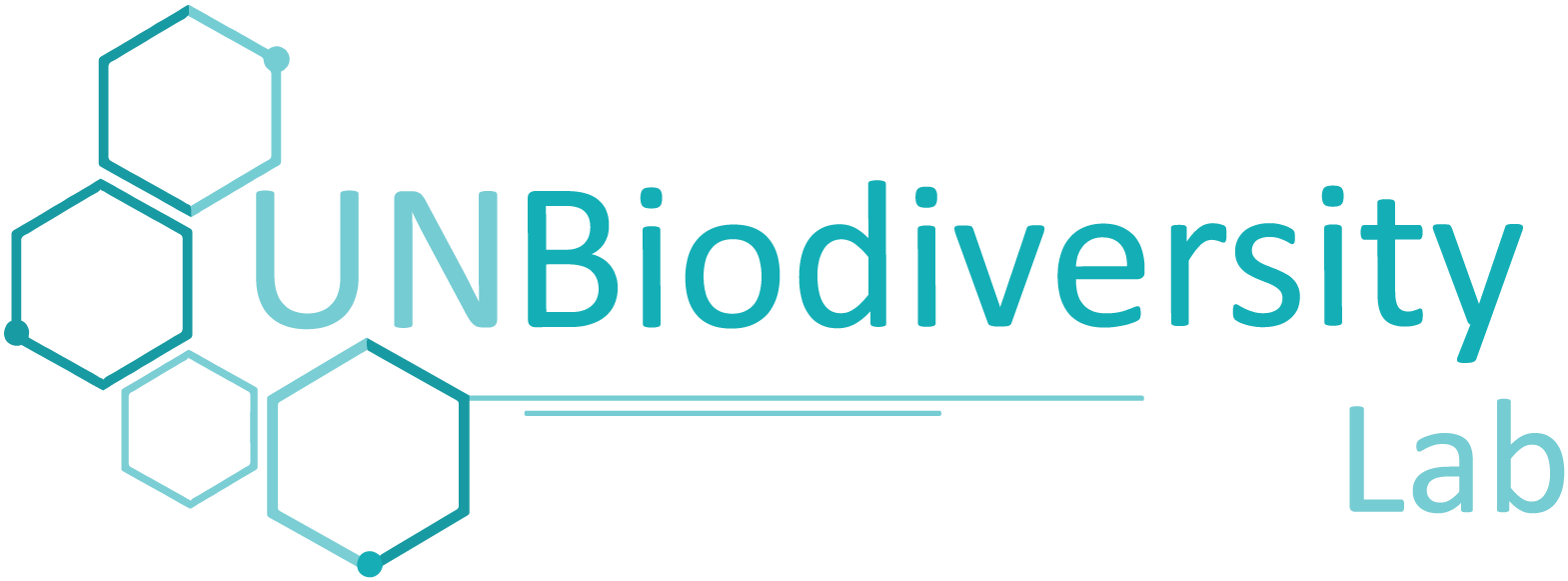Soporte
Preguntas frecuentes
Preguntas frecuentes
¿No encuentra la respuesta a su pregunta en nuestras Preguntas Frecuentes? No dude en ponerse en contacto con nuestro equipo de asistencia en support@unbiodiversitylab.orgTambién puede acceder a la guía del usuario animada haciendo clic en la pestaña de la guía del usuario que aparece arriba. Si desea una versión descargable, haga clic aquí. Inglés | Francés | Español | Portugués | Ruso
Guía del usuario
Espacios de trabajo de UNBL
Espacios de trabajo privados
¿Trabaja para conservar la naturaleza y fomentar el desarrollo sostenible? ¿Tiene datos nacionales que le gustaría visualizar y analizar en combinación con nuestras capas de datos globales? Ofrecemos espacios de trabajo para que diversas partes interesadas utilicen las herramientas del UNBL en un espacio seguro.
Contribuir
Contribuir

¿Tiene datos que puedan enriquecer la plataforma pública del UNBL? ¿Está dispuesto/a a formar parte de una comunidad científica comprometida con el intercambio abierto de datos espaciales? Si tiene datos globales que aborden la biodiversidad, el cambio climático o el desarrollo sostenible, queremos saber de usted.
Consulte los criterios de selección de datos de UNBL aquí.

¿Cómo utiliza usted los datos espaciales para la comprensión y la acción en su trabajo? El UNBL trabaja para destacar diversos casos de uso en todo el mundo. Nuestro equipo trabajará con usted para crear un ensayo fotográfico o una historia en Google Earth para destacar sus logros. Las historias de éxito se compartirán en nuestra sección de Historias Destacadas.
Contáctenos
Contáctenos
Deje su mensaje y su información de contacto a continuación y le responderemos lo antes posible. También puede enviarnos un correo electrónico a support@unbiodiversitylab.org.
Programa de las Naciones Unidas para el Desarrollo
304 East 45th Street
New York, NY 10017
